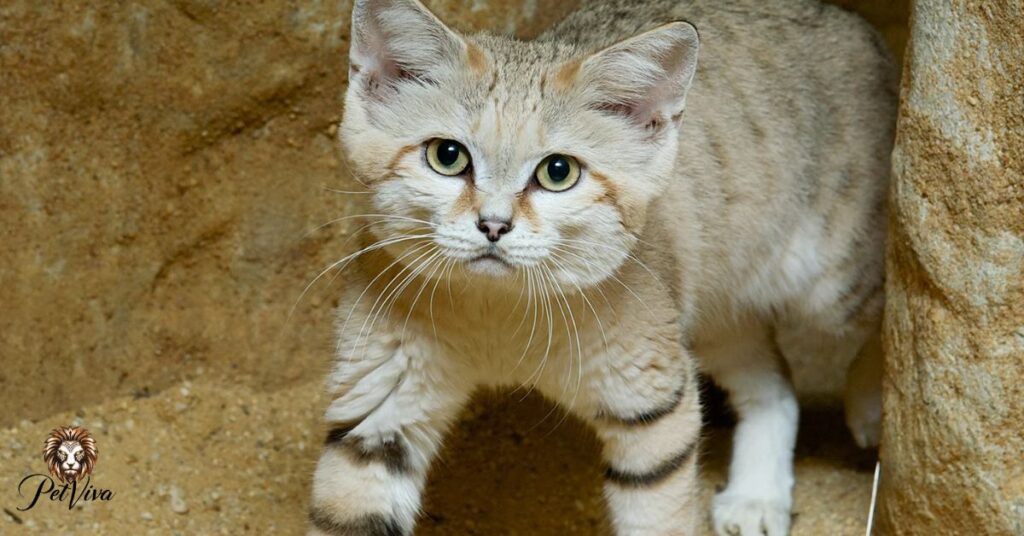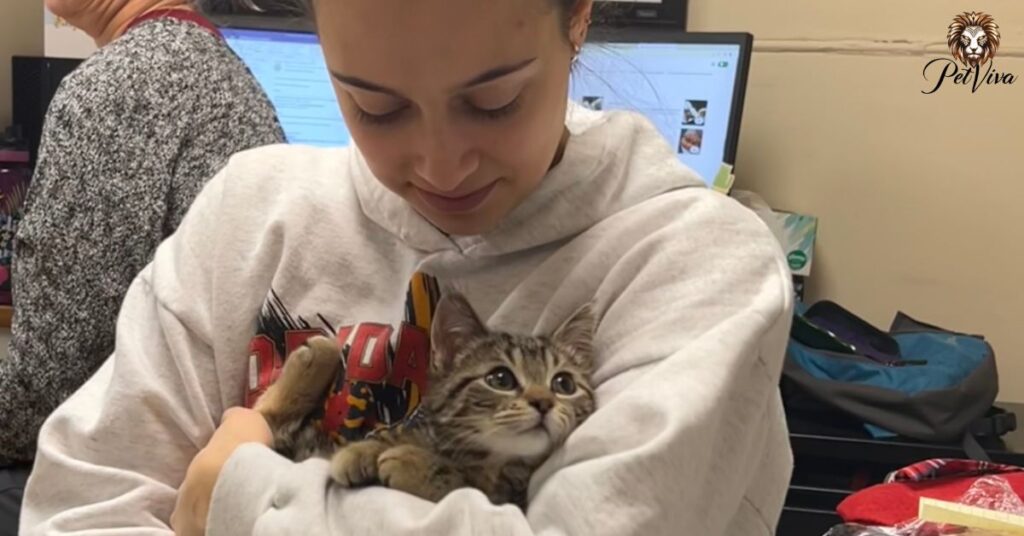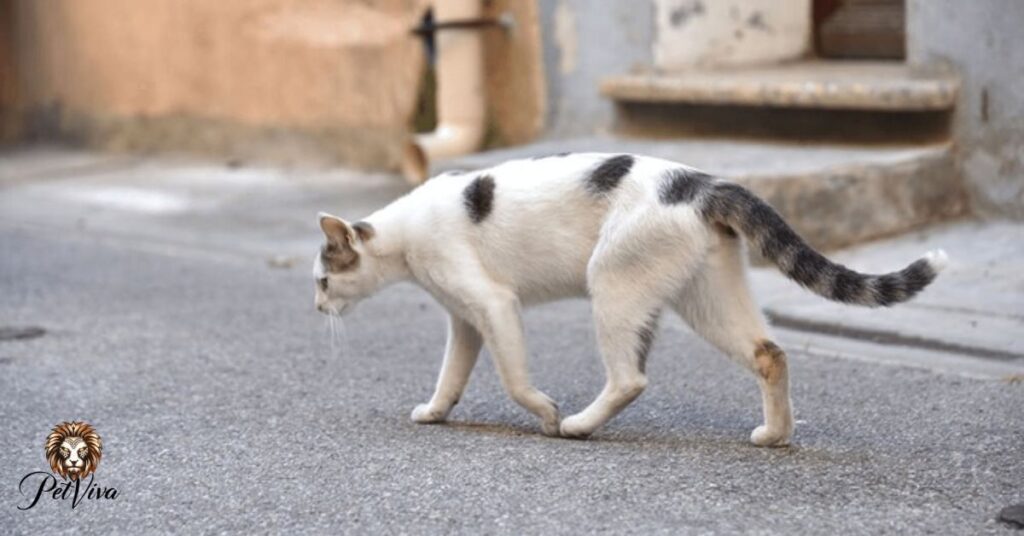The odds mean how likely it is to find a lost cat after a week, which gets lower as time goes by. Breaking down the stats helps understand how hard it can be to find a missing cat and what can help.
Curious about finding lost cats? the ‘Odds of Finding a Lost Cat After a Week’ by breaking down the stats. Uncover insights into reuniting with your furry friend and learn practical tips to increase your chances. how time affects the search and what strategies can help in this pet-friendly journey.
The odds of finding a lost cat after a week. Learn how stats can guide your search efforts effectively. Fined strategies to increase the chances of reuniting with your furry friend.
What are the odds of finding a missing cat?
To improve the chances of finding a missing cat, act promptly by searching nearby areas thoroughly and enlisting the help of neighbors and local animal shelters.
The odds of finding a lost cats after a week by breaking down the stats. missing cat depend on various factors like the cat’s familiarity with the area and the search efforts made by its owner.
Posting flyers with the cat’s description and photo can aid in spreading awareness and increasing the likelihood of a reunion. Utilizing social media platforms and online community groups can also help reach a broader audience and gather assistance in the search effort Utilizing social media platforms and online community groups can also help reach a broader audience and gather assistance in the search effortless take longer to find their way back home especially if they have wandered further away or become disoriented.
Also read this: WHY IS MY DOG LIMPING BACK LEG
Factors Influencing the Chances of Finding a Cat After a Week
Several factors influence the chances of finding a lost cat after a week has passed. One crucial factor is the cat’s familiarity with its surroundings; if they are in an unfamiliar area, their chances of finding their way home decrease. environmental conditions such as weather and terrain can impact a cat’s ability to survive and navigate back home.
To improve the chances of finding a cat after a week, it’s essential to continue search efforts diligently. Utilize strategies such as setting humane traps, distributing missing cat posters, and leveraging social media to reach a wider audience. consider seeking assistance from professionals like pet detectives or lost cat finders who have expertise in locating missing pets
Also read this: HOW TO GET KITTENS OUT OF HIDING: AN 8-STEP GUIDE
Where are cats usually found

Cats are usually found in various locations depending on their habits and surroundings. Indoors, cats often seek out comfortable spots like beds, sofas, or cozy corners. Outdoors, cats may roam around their immediate surroundings, gardens, alleys, and neighboring yards.
To locate a missing cat, start by thoroughly searching your home, paying close attention to favorite hiding spots like closets or under furniture. If your cat is an outdoor explorer, check nearby areas such as bushes, trees, and sheds. ask neighbors to keep an eye out for your cat and search their properties, as cats may seek refuge in unfamiliar places during their adventures. By understanding common hiding spots and habits, pet owners can improve their chances of finding their missing cat.
What affects a cat’s homing ability?

Several factors can affect a cat’s homing ability. Firstly, familiarity with the area plays a significant role; cats are more likely to find their way home if they are familiar with the surroundings. Additionally, environmental conditions such as weather and terrain can impact a cat’s ability to navigate back home. Cats may struggle to find their way home if they encounter unfamiliar or challenging terrain during their journey.
Tips for enhancing a cat’s homing ability include ensuring they are properly microchipped and wearing a visible identification collar. Providing outdoor access gradually can help cats become more familiar with their surroundings, improving their homing ability if they ever get lost. keeping indoor cats mentally stimulated and engaged can help prevent them from becoming disoriented if they do manage to escape.
How long does it usually take to find missing cats?
The time it takes to find a missing cat can vary greatly depending on several factors such as how far they’ve wandered, their familiarity with the area, and the efforts put into the search. Some cats may return home within a few hours while others may take days or even weeks to be located to expedite the search for a missing cat, act quickly and systematically. Begin by thoroughly searching your home and surrounding area including hiding spots indoors and outdoors.
Utilize treats or familiar scents to lure your cat out of hiding places and maintain a calm demeanor to avoid scaring them further. expand your search beyond your property by canvassing your neighborhood and asking neighbors to check their garages, sheds and other enclosed spaces where your cat may have sought refuge.
Time as a Critical Factor in Lost Cat Recovery
Time plays a critical role in the recovery of a lost cat, with swift action increasing the likelihood of a successful reunion. In the initial hours and days after a cat goes missing, the chances of locating them are typically higher. It’s crucial to act quickly by searching the immediate surroundings, distributing missing cat posters, and utilizing social media to spread the word.
As time passes, the odds of finding a lost cat diminish, emphasizing the importance of proactive measures in the early stages of the search. By recognizing time as a critical factor and prioritizing swift action, pet owners can optimize their chances of bringing their beloved feline companion back home safely.
Persistence Pays Off: Stories of Successful Recoveries
Persistence pays off when it comes to the successful recovery of lost cats. Many heartwarming stories demonstrate how diligent search efforts, combined with determination, lead to joyful reunions between owners and their beloved feline companions. These stories highlight the importance of not giving up hope and continuing the search even when it seems challenging.
Tips for achieving successful recoveries include maintaining a positive attitude and remaining persistent in search efforts. Utilize a variety of strategies such as setting humane traps, distributing missing cat posters, and engaging with social media communities to amplify the search. By sharing stories of successful recoveries, pet owners can inspire hope and encourage others to persevere in their efforts to find their lost cats.
Community Engagement and Its Impact on Recovery Rates
Community engagement plays a crucial role in increasing the recovery rates of lost cats. When the community comes together to support the search efforts, the chances of locating a missing cat significantly improve. By spreading the word through local neighborhoods, social media platforms, and community groups, more people become aware of the lost cat and can provide valuable information or sightings.
To maximize the impact of community engagement, it’s essential to actively involve neighbors, friends, and local businesses in the search efforts. Encourage community members to keep an eye out for the missing cat and share any relevant information they may have. organize search parties or neighborhood canvassing events to cover a larger area efficiently.
The Role of Microchips and Identification in Finding Lost Cats
Microchips and identification play a vital role in finding lost cats. A microchip, implanted under the skin, contains a unique identification number that can be scanned by veterinarians or animal shelters to reunite lost cats with their owners. Ensuring your cat is microchipped and that the information associated with the microchip is up to date greatly increases the chances of a successful reunion if they go missing.
In addition to microchipping, visible identification such as a collar with an ID tag is also essential. Make sure your cat wears a collar with an ID tag containing your contact information. This allows anyone who finds your cat to easily reach out to you and facilitate their safe return home. Regularly check the collar to ensure its secure and that the ID tag is legible.
Psychological Considerations for Owners During Extended Searches
During extended searches for lost cats, owners may experience a range of psychological considerations. It’s common for owners to feel anxious, stressed, and emotionally drained as the search continues without resolution. It’s important to acknowledge these feelings and practice self-care to maintain mental well-being during the search.
To cope with the psychological impact of an extended search it’s essential for owners to seek support from friends, family, and online communities. Talking about their feelings and sharing their experiences with others who understand can provide comfort and encouragement. engaging in activities that bring joy and relaxation such as spending time outdoors or practicing mindfulness techniques, can help alleviate stress and anxiety
Exploring Search Techniques Beyond the First Week
Fined search techniques beyond the first week is essential for increasing the chances of finding a lost cat. While the odds may decrease as time passes there are still effective strategies to pursue. Consider expanding the search radius to cover a wider area, including neighboring streets, parks, and even adjacent neighborhoods.
Utilize advanced search techniques such as setting up humane traps in strategic locations where your cat has been sighted or is likely to visit. continue to distribute missing cat posters and leverage social media platforms to reach a broader audience. Seek assistance from professionals such as pet detectives or lost cat finders, who may have specialized skills and resources to aid in the search efforts.
Optimizing Search Efforts Based on Location and Terrain
Optimizing search efforts based on location and terrain is essential for increasing the chances of finding a lost cat. Familiarize yourself with the surroundings and terrain where your cat went missing, as this will help you strategize the search effectively. For urban areas, focus on checking nearby buildings, alleyways, and hiding spots
Adapt your search techniques based on the specific location and terrain. For example, in urban environments, utilize posters, social media, and community engagement to spread the word and gather information. In rural or wooded areas, consider setting up humane traps baited with enticing food to safely capture your cat.
Seeking Professional Assistance: When to Involve Animal Control or Rescue Organizations
Knowing when to involve animal control or rescue organizations is crucial in the search for a lost cat. If your search efforts have been unsuccessful, consider reaching out to these professionals for assistance.
Assess the situation carefully and contact animal control if your cat is injured or in immediate danger. Provide detailed information to rescue organizations to aid in their search efforts and increase the chances of finding your lost cat.
Frequently asked question
What are the odds of finding a lost cat after a week?
The odds of finding a lost cat after a week vary but generally decrease over time.
Can a missing cat come back after a week?
Missing cat can come back after a week but the likelihood decreases as time passes.
How common is it for cats to get lost?
It’s fairly common for cats to get lost as they may wander or become disoriented easily.
What percentage of cats come back home?
The percentage of cats that come back home varies but studies suggest it’s around 60-70%.
Do cats go missing for 2 weeks?
cats can go missing for 2 weeks or even longer depending on various factors such as their ability to find food and shelter.
Conclusion
The odds of finding a lost cat after a week breaking down the stats may decrease slightly, but they are still relatively promising. Many lost cats are located within this timeframe, especially if proactive search efforts are promptly initiated. By employing various strategies such as distributing flyers utilizing social media and setting up humane traps the likelihood of locating the missing cat can be significantly increased.
While the odds may decrease as time passes, it’s essential not to lose hope and to continue the search diligently. Collaborating with local animal shelters veterinary clinics, and neighbors can also enhance the search efforts and provide valuable support. Persistence and proactive search strategies remain crucial in maximizing the chances of a successful reunion with the lost cat, even after the initial week has passed.







